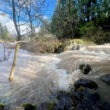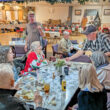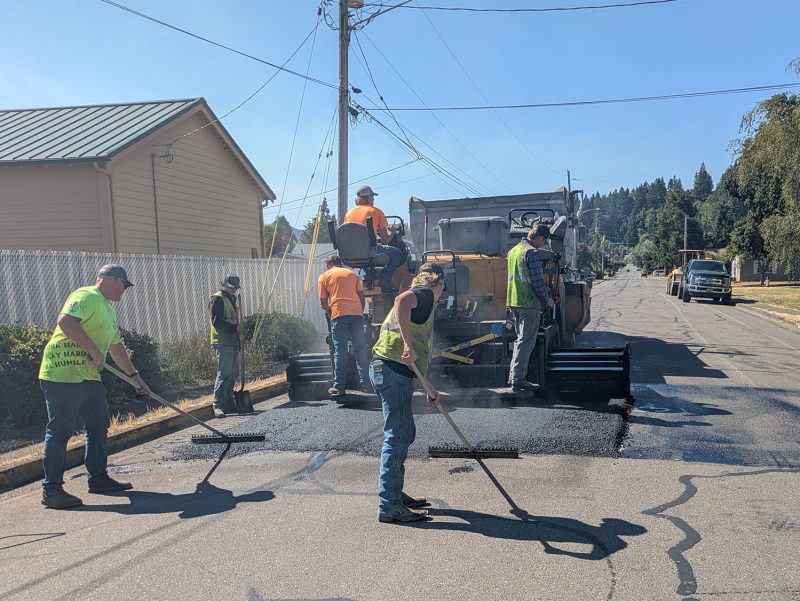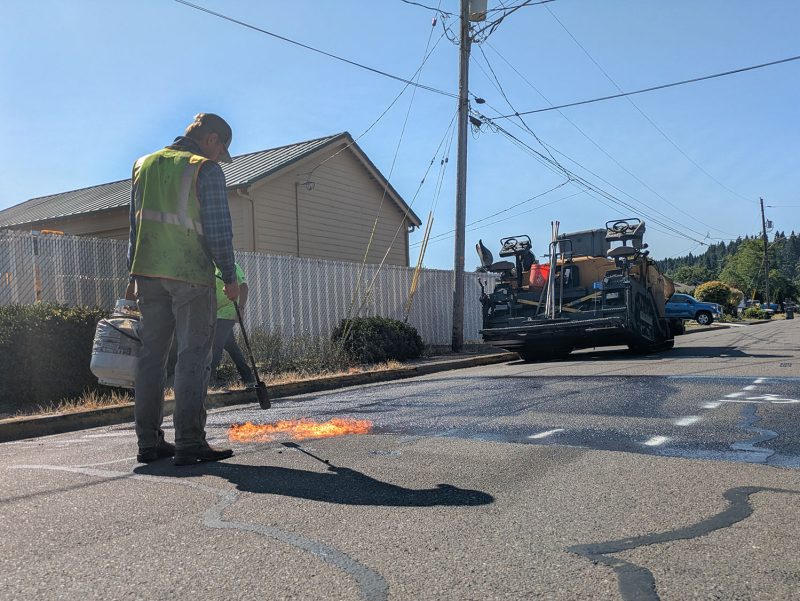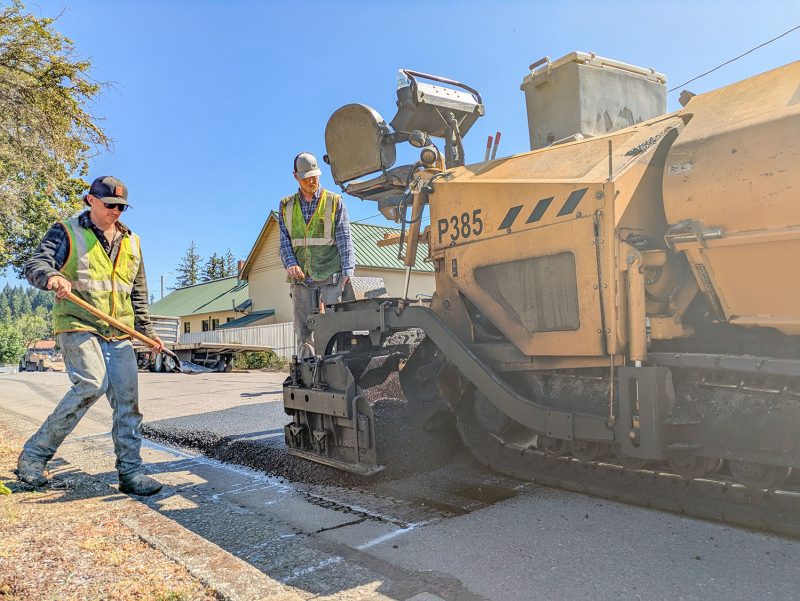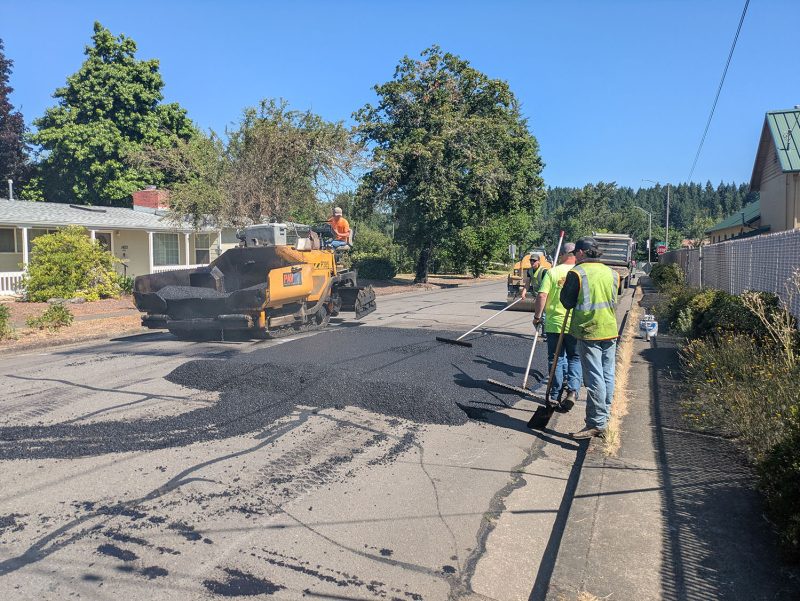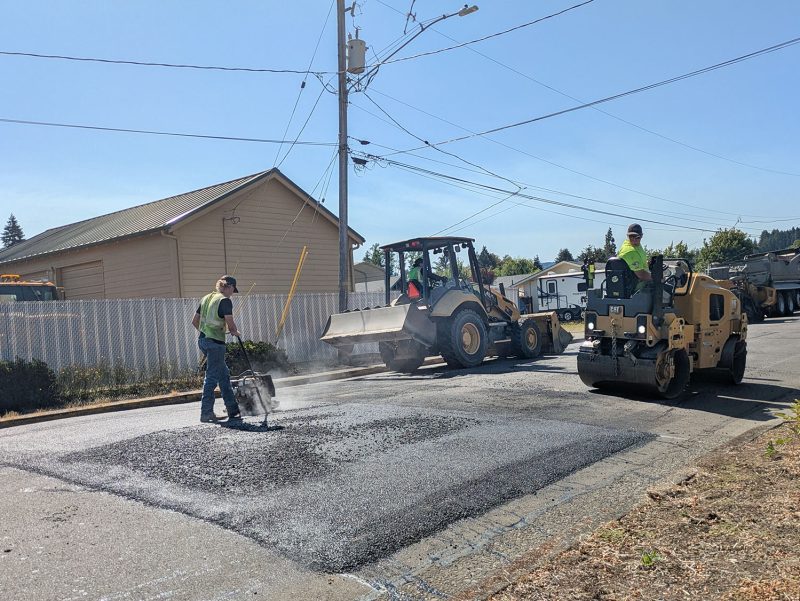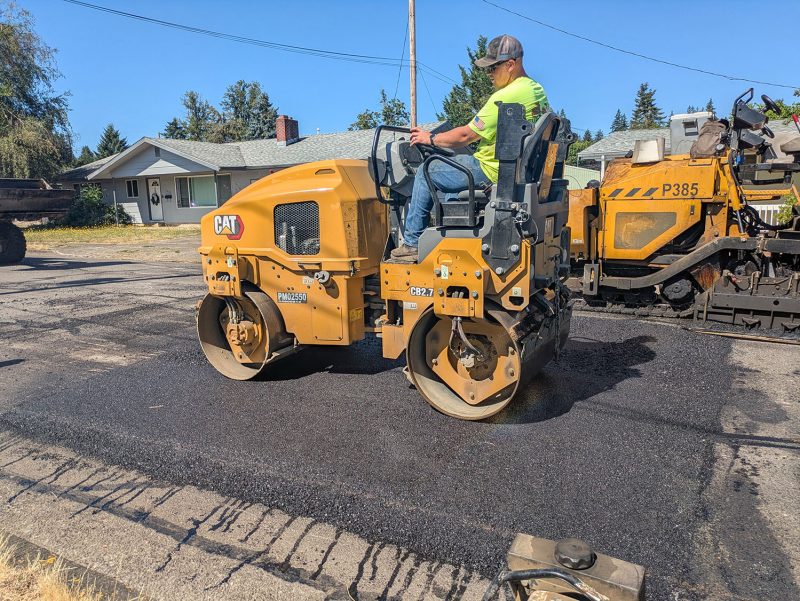After decades of trying to decrease traffic on one small stretch of road, residents on 1st Avenue are now seeing the fruit of their labor, or at least they hope to.
The City of Sweet Home installed four three-inch speed humps along 1st Avenue between Highway 20 and Highway 228 on Wednesday, July 9, in an effort to reduce speeding and traffic concerns on the residential street.
Both Tom Hearon and Jeff Parker stood outside to watch the work take place near their front yards.
“I’m ecstatic,” Parker said. “I just wish they’d have done it 15 years ago when we asked.”
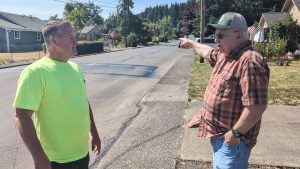
In fact, they even offered to pay for speed humps back then, but were denied the opportunity, he said. However, the city made a move a number of years ago to allow parking on both sides of the street (instead of just one side) as a “traffic calming” strategy, but that apparently didn’t work as intended.
“We actually tried to get everybody to park everything on the street to clog it up; it didn’t matter,” Parker said. “Just more mirrors (got) hit.”
Hearon and Parker shared multiple stories about cars, trees and trash cans getting hit by drivers who, they said, were speeding and lost control over the years.
“I’m excited to see if it works,” Parker said about the humps.
According to Sweet Home Police Department’s Community Service Officer Sean Morgan, who’s monitored the traffic on that street for several years, the median speed on there has gone down to 20 mph just 24 hours after installment. The speed limit is posted at 25 mph. He sat in an unmarked car for 45 minutes and checked drivers with a radar gun.
“Just 12 out of 107 vehicles were over the limit by one to five miles per hour,” Morgan said. “None traveled faster than 30 mph in this 45 minute period.”
According to data compiled by Morgan, initial results indicate a possibility that the new speed humps are doing their job:
October 2022 – 121 cars; median speed 25 mph; max speed 37 mph; 1-5 mph over the limit = 44; 6-9 mph over = 6; 10+ mph over = 3
March 2023 – 120 cars; median 27 mph; max 46 mph; 1-5 mph over = 54; 6-9 mph over = 14; 10+ mph over = 8
September 2024 – 59 cars; median 23 mph; max 37 mph; 1-5 mph over = 14; 6-9 mph over = 1; 10+ mph over = 1
July 2025, after humps installed – 107 cars; median 20 mph; max 30 mph; 1-5 mph over = 12; 6-9 over = 0; 10+ over = 0
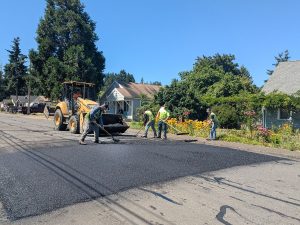 Frank Gallagher, a long-time resident on 1st Avenue and advocate for fixing traffic problems in his neighborhood, said he’s helped Morgan with radar trailers and tracking speed on roads during the last few years. He sat with Morgan during the most recent traffic study and was pleased with the results.
Frank Gallagher, a long-time resident on 1st Avenue and advocate for fixing traffic problems in his neighborhood, said he’s helped Morgan with radar trailers and tracking speed on roads during the last few years. He sat with Morgan during the most recent traffic study and was pleased with the results.
“I think it’s kind of a ‘wait and see’ thing to see how effective they are,” Gallagher said. “From what I see of the data we’ve collected, they’re working.”
He said the residential street is used as an arterial roadway, with more than 1,000 cars passing through the 1,400-foot drive a day.
There will always be “that 15%” who don’t care, he said.
“They don’t respect the fact that people live here or the speed is 25 mph, or that it only takes them 45 seconds to get from one end of the street to the other,” Gallagher said. “It’s the convenience; they don’t have to go to the light and back.”
But, overall, it appears to him that the humps are doing what they are intended to do, he said. His neighbors, however, already expressed frustration to him that, in their opinion, they’re not working. By working with Morgan on speed tests, though, Gallagher has learned that cars often appear to go faster than they really are.
He added that new, more visible “no commercial trucks” signs have also reduced that type of traffic on 1st Avenue.
The two plan to gather more data in the future to monitor how well the speed humps are – or are not – working.
Last year the City Council initially approved temporary speed tables to see how effective they would be, but last May they unanimously agreed to install asphalt speed humps instead.
Speed tables and speed humps are similar designs, with a few inches of height and long widths intended to encourage speeds of 10 to 20 mph. Speed bumps are typically used in parking lots, designed with short widths that create a jarring sensation that reduces speeds to two to 10 mph.
“After many years we finally got something done, because this street has been misused,” Gallagher said.


